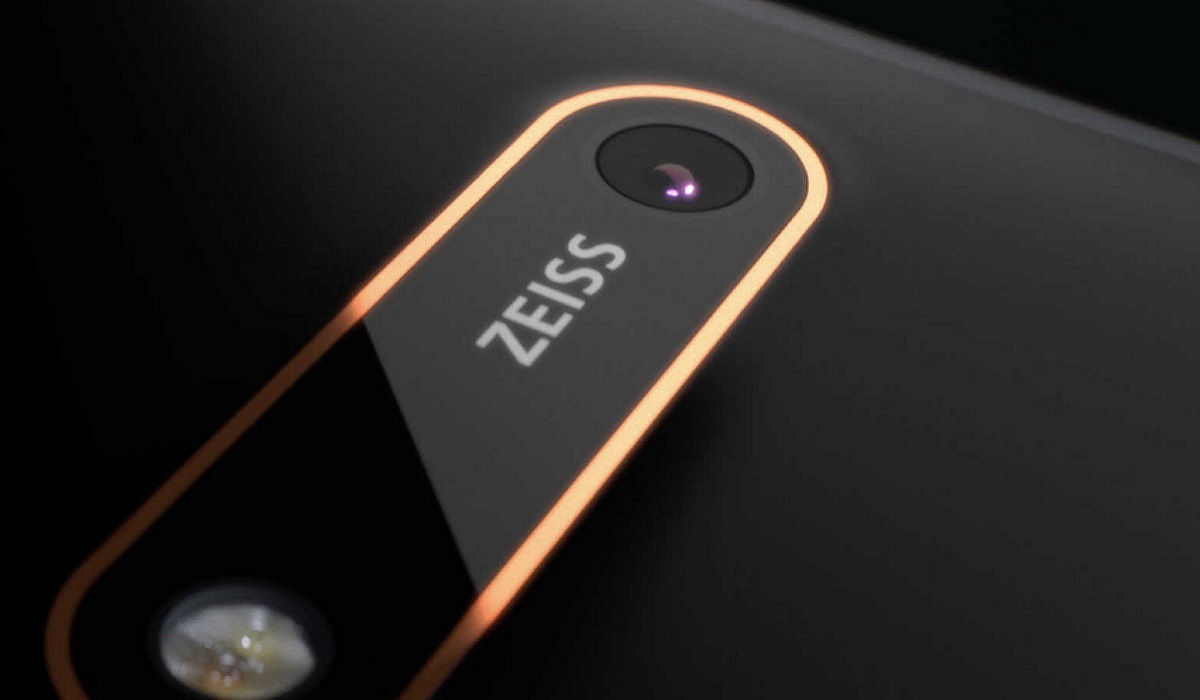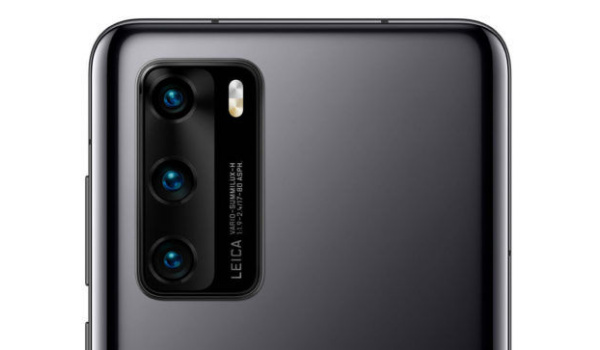It started many years ago with Nokia’s partnership with German optics company, Carl Zeiss (now Zeiss). That partnership produced the Nokia N95 super camera phone in 2007. That exclusive partnership also produced many other solid camera phones during the Symbian OS era and later the Windows Phone/Mobile era as well.
But since Nokia smartphones returned to the market with Android OS, though the Zeiss partnership was renewed, we have not seen that same streak of genius camera phones from Nokia. The Zeiss optics partnership has done little to improve Nokia camera phone performance in recent years. Up next, in 2016, Huawei announced that it had partnered with another camera brand, Leica. There is no question about how good Huawei camera phones have been in the last few years. The brand has constantly produced some of the best – and in some cases, the very best camera phones – in the industry till now. Have Huawei’s successes with its flagship camera phones been the result of this Leica partnership? We know that correlation is not necesarily causation, but it is diffficult to argue that the Huawei-Leica partnership hasn’t produced great results.
In early 2020, Sony and Zeiss announced a surprise partnership. It was a surprise because before then, the Zeiss partnership with Nokia had been exclusive. Now, things had changed. eiss clarified that its partnership wit Nokia was intact but was no longer exclusive. The German camera brand was opening itself up to all comers. We haven’t particularly seen any spectacular results from the Sony-Zeiss partnership. Perhaps it is too early to judge how well the collaboration is working. But the flagship Sony Xperia 1 II is already in the market and its camera is good and regarded as one of the best around. But just before 2020 ended, another Zeiss smartphone camera partnership hit the news stands. This time, it was Vivo getting into the ring. And following up with that quickly, the first product from the partnership hit the market in January 2021. Also a flagship product (these camera collaborations are often seen in flagships), the X60 Pro+ was launched in China and isn’t available yet elsewhere. As such, it is difficult to say yet how good the camera is. The most recent smartphone camera partnership is that between OnePlus and Swedish camera brand, Hasselblad. OnePlus hyped the partnership to high heavens and the buzz was through the roof. The first OnePlus devices that bear the Hasselblad stamp are out. The OnePlus 9 Pro and OnePlus 9.
The reviews are coming out, and the verdicts tell a different tale. Mobile reviewers around the world who have put the OnePlus Hasselblad cameras to the test are saying the partnership is mostly a marketing gimmick [1, 2]. That isn’t cheeerie news. Some of us were looking forward to exciting new competition. But for now, the best camera phones in the world are from the usual suspects – Huawei, Apple, Xiaomi, Samsung, and OPPO. Of this small group, only Huawei has a camera brand partnership. The others just make great camera phones without any special collaboration or branding. So, we are back to the question. Do these optics brand partnerships produce any distinct improvements in smartphone cameras? The answer is not as straightforward as many people would probably like it to be. In reality, sometimes, these smartphone camera partnerships do produce spectacular results – as happened with Nokia phones of years gone by and modern Huawei phones. At other times, the results are good, but not enough to be striking or to get us excited. Huawei’s partnership with leica is the bright shining star of the camera phone world for now. Maybe another partnership will rise up to the challenge and give us some exciting results. Maybe not. References Copyright Notice: Reproduction of this article on any website, ebook, book, newspaper, magazine or other media without express written permsission from MobilityArena is a violation of copyright rules and will result in appropriate action being taken against violators.


